Ideal work.
I was having a coffee with this really cool woman yesterday. It’s only the second time we have met, and we don’t seem to have any issues with generating the chatter.
She was sharing some of the cool brand projects she had been working on, and she was asking me about what my ideal work is, which I found hard to answer because while I do specialise in some areas of Diversity & Inclusion work, I don’t consider myself a specialist in some of the current hot topics, like menopause and ADHD, and inclusion for the LGBTIQA+ community, for example.
I usually know enough to be dangerous, so I work with experts in specialist areas.
DEI Audits, Surveys, benchmarking and Self ID work– basically helping organisations have good data, and make good decisions with it.
Crafting Diversity & Inclusion strategy that connects with the organisations purpose, and who they serve. In my view trying to be everything to everyone with this work needs to stop.
Inclusive leadership development – not the 2 hour workshop delivery and leave kind. I like working with leadership teams from 8-10 months and up to 2 years because what leaders say and do has a massive impact on your culture and how included people feel. Changing thinking and behaviour takes longer than a 2 hour workshop. Just saying.
Providing the structures and tools for Employee Resource Groups to be successful, support inclusion and better business outcomes.
I also believe in developing and supporting the best Diversity & Inclusion community so organisations, D&I and HR Leaders can confidently and capably lead the change required. We do this through The Culture Club community (join the waitlist now), coaching for Diversity & Inclusion and People and Culture leaders, and through our training.
I love the variety that all these types of work give but for me it’s about working with great clients. By this I don’t mean working with organisations that have everything sorted, because that is literally no fun. No problems to solve. Tinkering around the edges is not my bag.
I like working in areas where change can be made. Big change. Culture change.
So I told her about one of my ideal clients, who I worked with recently. What made them ideal?
Well first they are fun. They have a culture that’s not too serious but are serious about building a sustainable and successful business.
They knew they were at the start of their Diversity & Inclusion work, and they knew they wanted to do better, not just because of the people but because they could clearly articulate the business benefits, and they knew to get those business benefits, the overriding culture of their business (and industry to be honest) needed to be addressed.
They knew in their specific case that if they could make some changes, they would:
Retain more people,
Save money on training,
Have a safer workplace (and they are in a relatively dangerous industry), and
Have better engagement, which would support their clients and the growth they are experiencing.
We started with an employee survey (so we had some baseline data) that:
Defined the demographics that made sense for their business,
Gave us data around the general employee sentiment, and understanding what support there was for a diverse and inclusive workforce,
Whether their workplace was safe and respectful,
How gender equity was viewed,
How their leaders are perceived, and
how their people viewed their future career prospects.
This gave us clear areas to focus for 2025, and beyond, and a way to measure their progress and impact on the business.
Cool right?
Part of the next piece of work I do with them is clearly articulating their “why” for doing this work. It’s the purpose bit that their leaders will articulate with their people about why this diversity & Inclusion work is crucial for their business, their people and their future.
Lisa xx
